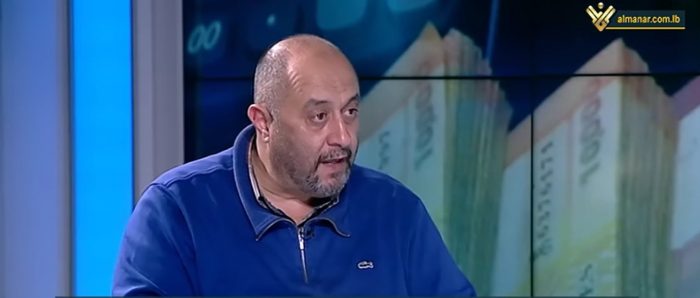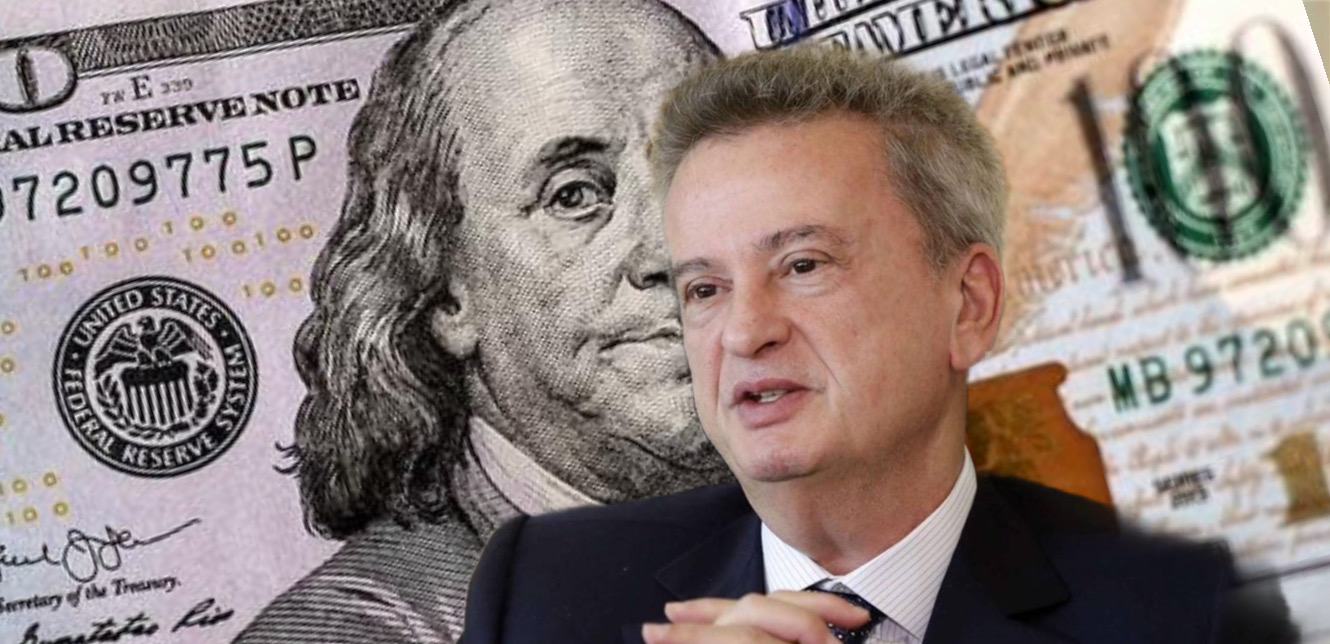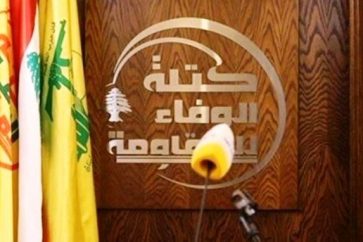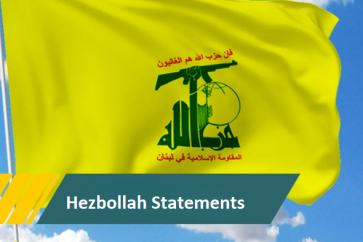The pound bounced back on Wednesday night on the parallel market after the central bank governor Riad Salameh announced that the Banque du Liban (BDL) will start buying and selling dollars at a Sayrafa platform rate of LBP 70,000.
Shortly after the announcement, the dollar was bought at 80,000 Lebanese pounds and sold at 79,000, hours after the parallel market exchange rate for the local currency hit yet another all-time low of 90,000 to the dollar.
Earlier on Tuesday, the Sayrafa rate was 45,400 to the dollar. Wednesday’s announcement means the platform now prices the dollar at more than four times the official government exchange rate.
That had been changed to 15,000 pounds to the dollar on February 1, the first time the local currency had been devalued in decades. It had been pegged at about 1,500 to the dollar for 25 years.
The much-criticized Banque Du Liban introduced the Sayrafa platform in 2021, in a fruitless attempt to limit the power of black-market exchanges.
‘Catastrophic Decision’
Although Salameh has undertaken similar moves previously, such decisions only worked temporarily to slow the plummet.
In an interview with Al-Manar, Mohammad Chamseddine, a researcher at the Al-Dawliya Lil Maaloumat research center, described Salameh’s decision as ‘catastrophic’.

“This means that the exchange rate on the parallel market will be doubled,” Chamseddine told Panorama Today, as he slammed what he called the central bank’s ‘discretionary’ financial policy.
“This behavior makes nothing but to deepen the economic distress the Lebanese people have been suffering from for long months.”
Meanwhile, Lebanese daily Al-Akhbar said Salameh’s decision boosts speculation on national currency.
“BDL governor decides anew- relying on the Monetary and Credit Law- to intervene and sell dollars in an announced aim to stem the collapse of the Lebanese pound. However, this intervention boosts speculation on the currency and it makes the dollar bounce back for a short time,” Al-Akhbar reported on Tuesday.
Earlier on Wednesday, supermarkets across Lebanon started to display the products’ prices in dollar, as the caretaker government was planning to impose a threefold increase on tariffs it charges on imports in local currency.
The Lebanese pound has lost more than 98% of its value since its economic collapse began in 2019. According to the United Nations, 80 percent of the Lebanon’s population lives now below the poverty line.
Source: Al-Manar English Website




